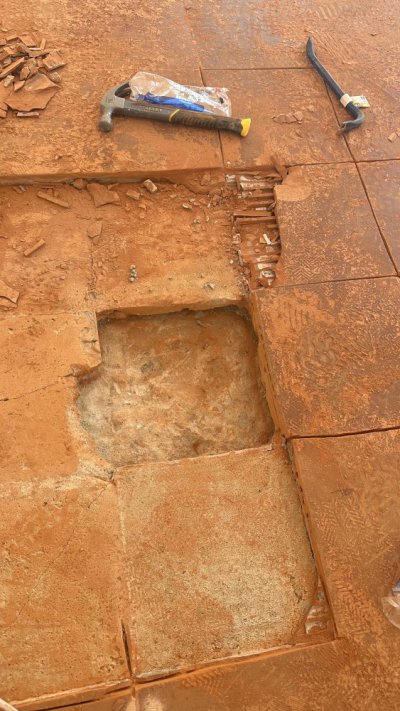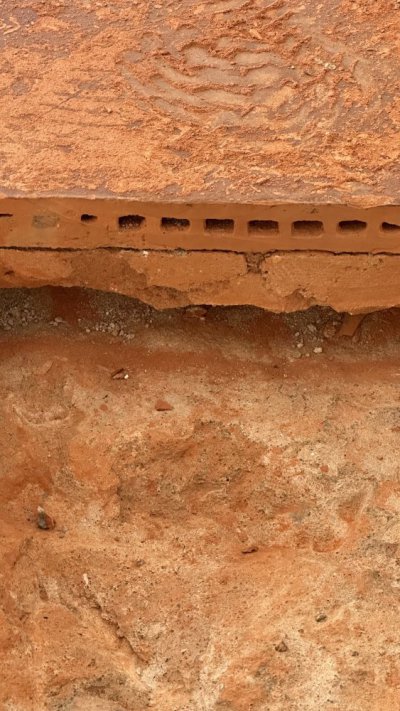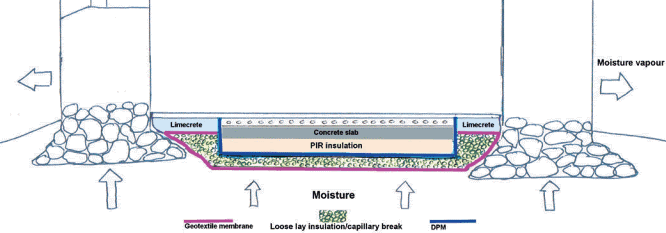leifinlisbon
Member
- Messages
- 7
- Location
- Lisbon, Portugal
Hi there, I'm a new poster — and not located in the UK. I hope you can overlook that. My 19th-century home is located in Lisbon, Portugal, but there are few countries that do renovation as well as the UK. Certainly in Portugal there is little expertise or knowledge in this realm.
I'll cut to the chase: I'm really confused about breathability requirements of the ground floors of historic homes. I've been researching the issue for more than a year, and I'm more unsure than ever.
I'm of course aware of the dictum that old homes must breathe. And I'm aware of the impressive innovation in lime-based products and building techniques promoted by the likes of Mike Wye, Roundtower and Ty-Mawr. Until just this week, I had been full steam ahead on installing a Limecrete floor in my home, despite being considered a crazed, over-Googler by every builder whom I've interviewed. I was reassured when I recently discovered an industrious British couple that has been documenting on YouTube their backbreaking experience of installing Limecrete slabs throughout their home in Portugal.
(To be clear, I've been looking at Limecrete only for the breathability feature, not because I intend to install underfloor heating.)
Nevertheless, I'm now having doubts. I just became aware of a recent study out of the University of Bath that found that impermeable floors do not affect the moisture content of adjascent rubble walls. Another study found that limecrete slabs were only marginally more breathable than concrete slabs. Both were funded by Historic England. Its webpage summarizing the research grant stated: "It is a widely-held belief that if an impermeable ground bearing slab is installed in an old building, ground moisture will be ‘driven’ up adjacent walls. Although there are numerous references to this phenomenon, both in technical and product literature, they tend to be anecdotal and unsupported by scientific evidence."
In addition, I spoke today to the local sales rep for Diasen, an Italian company that is at the forefront of innovate lime-based products. They have two flooring products, Diathonite Thermostep.047 and Diathonite Screed, that boast high breathability with very impressive insulation values. Both, especially the Thermostep, are quite expensive. Yet the rep told me that their floor systems are typically installed with a liquid waterproofing and vapor-blocking product called WATstop underneath. I asked the Diasen rep why they would possibly advocate blocking the vapor permeability of floors when one of his company's main — and very expensive — value propositions is maintaining breathability. He responded by saying that while Diasen is singularly focused on breathability, walls are what really matter. Inhibiting their breathability is what has the potential to cause serious damage. But according to him, it is Diasen's position that floors in historic homes do not absolutely, 100% need to breathe. (I still don't get why someone would buy their pricey screeding products for a ground floor if breathability were not an issue, as a concrete slab with PIR underneath is much cheaper.)
All this is not even to mention the controversies over rising damp, with one camp promoting technology including magnets, and another camp saying that rising damp doesn't exist (and that the magnets are snake oil).
So what gives? Is the recent research somehow flawed? Is this only an issue in climate like Britain's, where the soil is frequently damp (a frequent retort by Portuguese builders)? Is underground water vapor (evaporating from the water table through the soil) really that big of a cause of rising damp or is it truly more about liquid groundwater and/or condensation of water vapor that enters the walls from inside of the house?
And how is the migration of moisture through traditional homes still so misunderstood?
I'll cut to the chase: I'm really confused about breathability requirements of the ground floors of historic homes. I've been researching the issue for more than a year, and I'm more unsure than ever.
I'm of course aware of the dictum that old homes must breathe. And I'm aware of the impressive innovation in lime-based products and building techniques promoted by the likes of Mike Wye, Roundtower and Ty-Mawr. Until just this week, I had been full steam ahead on installing a Limecrete floor in my home, despite being considered a crazed, over-Googler by every builder whom I've interviewed. I was reassured when I recently discovered an industrious British couple that has been documenting on YouTube their backbreaking experience of installing Limecrete slabs throughout their home in Portugal.
(To be clear, I've been looking at Limecrete only for the breathability feature, not because I intend to install underfloor heating.)
Nevertheless, I'm now having doubts. I just became aware of a recent study out of the University of Bath that found that impermeable floors do not affect the moisture content of adjascent rubble walls. Another study found that limecrete slabs were only marginally more breathable than concrete slabs. Both were funded by Historic England. Its webpage summarizing the research grant stated: "It is a widely-held belief that if an impermeable ground bearing slab is installed in an old building, ground moisture will be ‘driven’ up adjacent walls. Although there are numerous references to this phenomenon, both in technical and product literature, they tend to be anecdotal and unsupported by scientific evidence."
In addition, I spoke today to the local sales rep for Diasen, an Italian company that is at the forefront of innovate lime-based products. They have two flooring products, Diathonite Thermostep.047 and Diathonite Screed, that boast high breathability with very impressive insulation values. Both, especially the Thermostep, are quite expensive. Yet the rep told me that their floor systems are typically installed with a liquid waterproofing and vapor-blocking product called WATstop underneath. I asked the Diasen rep why they would possibly advocate blocking the vapor permeability of floors when one of his company's main — and very expensive — value propositions is maintaining breathability. He responded by saying that while Diasen is singularly focused on breathability, walls are what really matter. Inhibiting their breathability is what has the potential to cause serious damage. But according to him, it is Diasen's position that floors in historic homes do not absolutely, 100% need to breathe. (I still don't get why someone would buy their pricey screeding products for a ground floor if breathability were not an issue, as a concrete slab with PIR underneath is much cheaper.)
All this is not even to mention the controversies over rising damp, with one camp promoting technology including magnets, and another camp saying that rising damp doesn't exist (and that the magnets are snake oil).
So what gives? Is the recent research somehow flawed? Is this only an issue in climate like Britain's, where the soil is frequently damp (a frequent retort by Portuguese builders)? Is underground water vapor (evaporating from the water table through the soil) really that big of a cause of rising damp or is it truly more about liquid groundwater and/or condensation of water vapor that enters the walls from inside of the house?
And how is the migration of moisture through traditional homes still so misunderstood?



